In the Hobbit and the Lord of the Rings by J.R.R. Tolkien, Bilbo Baggins (The Hobbit) writes a walking song which is used several times: “The Road goes ever on and on Down from the door where it began. Now far ahead the Road has gone, And I must follow, if I can, Pursuing it with eager feet, Until it joins some larger way Where many paths and errands meet. And whither then? I cannot say.” In some of the other verses Bilbo and his nephew and adopted heir Frodo muse on being able to see their destinations as home, retirement, or the end of their journey even in at least one instance death.
One of the themes of this cycle of poems is looking back to see how far we have come. This is important in all long journeys not just a simple hike or quest but even multi-generational journeys by nations. Looking back into the darkness or challenging slopes can encourage us to move forward. This however raises a question which of these (for individuals and nations) teaches better: the burnt hand or looking back to avoid the pitfalls of those who came before?
If the burnt hand, we need to keep pain, insult, offense, etc., fresh and sharp to keep us on the path; we need to wallow in the mistakes and misery of the past to avoid doing it again. But, if looking back and seeing the progress, improvement, and (incomplete but continuing) success is the best teacher then we need to be able to see the dark mists, caves, cliffs, and other near-disasters that nearly ended the journey, but without having to be made miserable and wallow in them as we now know what to look for to avoid them.
In recent years it has become popular to cancel or erase parts of the past for not living up to our ideals. And yet it was an American slave owner who first opined that slavery degrades not only the slave but the master as well, by creating and reinforcing the idea of a superior and inferior race, creed, etc. Also, it was Americans who propounded the idea that all men are created equal, but, our Founding Fathers were not fools. They realized that it would take generations to undo the damage that slavery had caused; they could not create and maintain a nation without the slaveholders and the slave traders. However, they set the nation on a course that could, as history shows lead to a better nation and a better world. We should not judge them too harshly; they were the best men and minds of their time and did the best they could. In the future history will undoubtedly say of this generation that we were a dark age on some issue that at present seems reasonable. Every generation must be judged by their own time and the understanding they have.
In the past, we made promises knowing that we might not live to see them fulfilled: for instance Jefferson resolved to free his slaves and while unsuccessful began searching for a non-slave option for his plantation. Later he wrote as part of the original draft of the Declaration of Independence that slavery was wrong and that as a new nation, we would abolish it, this passage was removed by congress to get some of the states to support the document.
No less a man than Benjamin Franklin, illustrated the nature and genius of the Constitution when he said: “I confess that I do not entirely approve this Constitution at present; but sir, I am not sure I shall never approve it: For, having lived long, I have experienced many instances of being obliged, by better information or fuller consideration, to change opinions even on important subjects, which I once thought right, but found to be otherwise. It is therefore that, the older I grow, the more apt I am to doubt my own judgment and pay more respect to the judgment of others.”
“In these sentiments, sir, I agree to this Constitution with all its faults—if they are such—because I think a general government necessary for us . . . I doubt, too, whether any other convention we can obtain may be able to make a better Constitution; for, when you assemble a number of men, to have the advantage of their joint wisdom, you inevitably assemble with those men all their prejudices, their passions, their errors of opinion, their local interests, and their selfish views. From such an assembly can a perfect production be expected?
It, therefore, astonishes me, sir, to find this system approaching so near to perfection as it does; and I think it will astonish our enemies, who are waiting with confidence to hear that our councils are confounded like those of the builders of Babel and that our States are on the point of separation, only to meet hereafter for the purpose of cutting one another’s throats. Thus I consent, sir, to this Constitution because I expect no better, and because I am not sure that it is not the best (Excerpted from “Benjamin Franklin” by Walter Isaacson; Apple Books edition).”
Doctor Franklin during his life made several changes in his thinking. In one of his last documents, he proposed a general abolition of slavery including a detailed program for education apprenticeships and even employment agencies for the freed slaves. As part of this plan, he included the idea that schools should be open to all and integrated.
In the preamble to the Constitution, we read that one of the goals of the document is to form a more perfect union; (emphasis added) these words are not a coincidence nor are they meaningless. Our Founders knew that the nation could not be perfected immediately, and they sought rather than a perfect nation, to build one that could and they hoped would grow more perfect each generation.
Less than one hundred years after this passage was written were born some of the greatest writers orators and businessmen in our history; let us consider a few of them and how they were connected, Phineas Taylor Barnum, Samuel Longhorn Clemens (Mark Twain), and Frederick Douglass. Douglass and Barnum were both powerful speakers and lobbied the governments for the end of slavery. Barnum ran for congress and Douglass met with congressmen, and President Lincoln; gave speeches, and published books. Douglass is one of the men who made it possible for free slaves to serve in the army during the civil war. These three men wrote letters and corresponded for much of their lives. Douglass and Barnum were always optimistic about the future of the country and looked back to see where we came from and forward to see where we were going. Clemens was the skeptic of the group he felt that given the opportunity mankind would always do the worst thing. In their correspondence Douglass and Clemens disagree but remain friends; of the two the one with the most reason to be bitter would seem to the former slave; but Douglass is always trying to convince Clemens of the bright future, Clemens is the bitter unhappy man.
One Hundred years after the end of the Civil war the Reverend Martin Luther King called on the United States to live up to our ideals and make good on the promises of the past. He dreamed like Franklin, Douglass, Barnum, and many others of a time when men would be judged by the content of their character and not by the color of their skin (he could also have added: religion, ethnicity, and hundreds of other demographics). We live in a nation where that goal is within reach. It is not perfect but it is getting more perfect. While there is still more work to do if we look back we can see that we have moved closer to these promises and we are not sliding back into the past. In our country at present, while there are still inequalities, we have seen the rise of people from every race and religion to the top in nearly every industry and profession.
In recent years there has been a movement to cancel and erase history. It is done to avoid offense or pain etc. But, it just removes the warning signs and guard rails of the past, making the road ahead far more dangerous. Peter Jackson's movie The Fellowship of The Ring opens with a brief history of the rings of power and contains the following: “Much that once was is lost. For none now live who remember it.” And later: “And Some things that should not have been forgotten were lost. history became legend, legend became myth.” When we allow history to be lost like this, whether by canceling it or just forgetting it, we risk repeating the mistakes of the past and entering a new dark age. So which teaches best the burned hand of repetition, or the study and remembrance of the past no matter how offensive?
As we celebrate the Holiday for Martin Luther King Day let us reflect on the road that goes ever on and as Tolkien in another verse writes: “Now far ahead the Road has gone, Let others follow it who can!” And resolve to look back on what has been accomplished and move forward on the road we all follow to make a more perfect union!
Welcome to the Howard marler Museum we look forward to seeing you and telling our stories.
As we prepare for the 2022 Elections we thought it might be fun to look back at some past election activities.
As we have here some photos of both Democratic and Republican Women at campaign activities, and some photos of the Kennedys conducting political events at and near the homes that they owned home in Alexandria, and McClean Virginia.
Howard and Ruth Marler were longtime supporters of the secret ballot and did not discuss politics during their lives at all. However, as we have gone through the collection and their papers we have discovered that they were often involved in supporting candidates. Howard used to say: “If you vote you can always tell the guy that I am glad I voted for you, or I am Glad I did not vote for you.”
In the early days of the American Republic, voting was very different from what it is today in many areas only landowners who paid taxes were allowed to vote. Voters entered the place of election and swore an oath like the one used in the courts by ...
In its early years, the general public had not yet discovered the beauties and joys of the new park. Howard Marler used to go up and visit the park to get away and to look for new nature studies to photograph.
The park was founded in 1931 and had to move all of the residents away to make the land pristine and open access for the public. Howard arrived in the Washington DC area about 1939-1940 and the park was still too new that there were very few visitors, he would for decades take his cameras and his family about once a week instead of vacations, and his camping gear up into the park and just go hiking and look for new pictures. In his later years, he would say that the park reminded him of his childhood in North Carolina.
We have compiled here a collection of images taken over several years; of the fall foliage in the park during the early period before it became so heavily visited. Although we have not spotted any in this group there may be wildlife in the images mostly deer but ...
-
 WWW.NPS.GOVShenandoah National Park (U.S. National Park Service)Shenandoah National Park Home Page
WWW.NPS.GOVShenandoah National Park (U.S. National Park Service)Shenandoah National Park Home Page
1.) Can you name the first Union Army General to state that Black men should be allowed to serve in the Army and to provide them with arms and training?
Grenville Dodge insisted that the way to defeat the south was to deprive them of their slaves. In his opinion, if the manpower of the south were to fight the war and harvest the friends along with the work of the other industries in the south; they would not be able to field an army. Toward that end at every opportunity Dodge recruited, armed, and trained escaped or freed slaves. He was ordered to Washington and feared that he was going to bed punished for his actions. Instead President Lincoln wanted to consult him about the transcontinental railroad and its possible routes. Dodge as he had since the 1830s insisted on the route up the Platte River (which is the route eventually taken when construction began in 1862-63). Lincoln also asked Dodge’s opinion about the release of the Emancipation Proclamation and Dodge recommend that it be announced following a ...
I thought I posted these last week I am sorry that they are late!
Trivia Questions:
What was the holiday called in Virginia before the Federal Holiday of Martin Luther King day?
It was a holiday celebrated in honor of the two Confederate Generals who kept the confederacy alive for most of the first three years of the civil war. General Robert E. Lee became commander of the Army of Northern Virginia by accident in the second year of the war as he staved off an invasion that approached the southern capital in Richmond VA. for the next two years with one exception (Gettysburg) he kept the Union Army more than fifty miles away and even invaded the north twice. While his decision to resign his commission and join the confederacy is today looked down upon and he is universally reviled for much of the last century his pre and post-war conduct made him if not the best one of the best examples of what the word Gentleman meant. He went out of his way to be kind and friendly to nearly everyone and ...
Rockwood Girl Scout Camp was a beloved location used by the Girl Scouts from 1938 until 1978. thousands of girls visited during that time, but the campo was also used by other groups including but not limited to: Boy Scouts, adult groups, church groups, and even civic groups would hold their meetings there. Today only a part of the property remains and is operated by the County parks and recreation department.
For more on the history of the camp and the efforts to save and preserve it please read Ann Robertson’s Excellent book: “Rescue Rockwood” a beautifully researched and written history of Rockwood.
Howard and Ruth Marler were parents of a girl scout but were very involved professionally with the organization as well. in this video we can see some of the photographs they took of Rockwood Girl Scout Camp. In this particular group, some stand out for mention; one of these is a hand-colored negative used to make a color print for postcards.
There are photos in this set from the visit...


These photos show a Church festival in Alexandria Virginia at the Saint Louis Church in the spring of 1956. Church festivals have been a practice of the church for centuries, but sadly dying out. These are included here as samples of what a church festival or fair looked like and to explore what a Saint Patricks Day celebration might look like. (For more on Saint Louis Church please click this link: https://saintlouisparish.org.)

Patrick the patron saint of Ireland, deserves some time on his day for reflection. He appears to have been abducted by Irish raiders as a boy and served as a herdsman for them for several years before escaping. Making his way home to Britain he chose to become a priest and eventually made his way back to Ireland where he taught and worked miracles throughout the Island. He is believed to have also visited Scotland and Wales among other places. His deeds and miracles are reputed to include: banishing snakes from Ireland, fasting for forty days and driving evil spirits from the island with a bell, building churches and monasteries, and giving the cross and motto to some of the leading families in Ireland. The O’Donnell legend claims that they were involved in bringing the boy over as part of the raiding party and that later Patrick blessed the head of the clan; drew a cross on his shield and told him in this sign you will conquer.
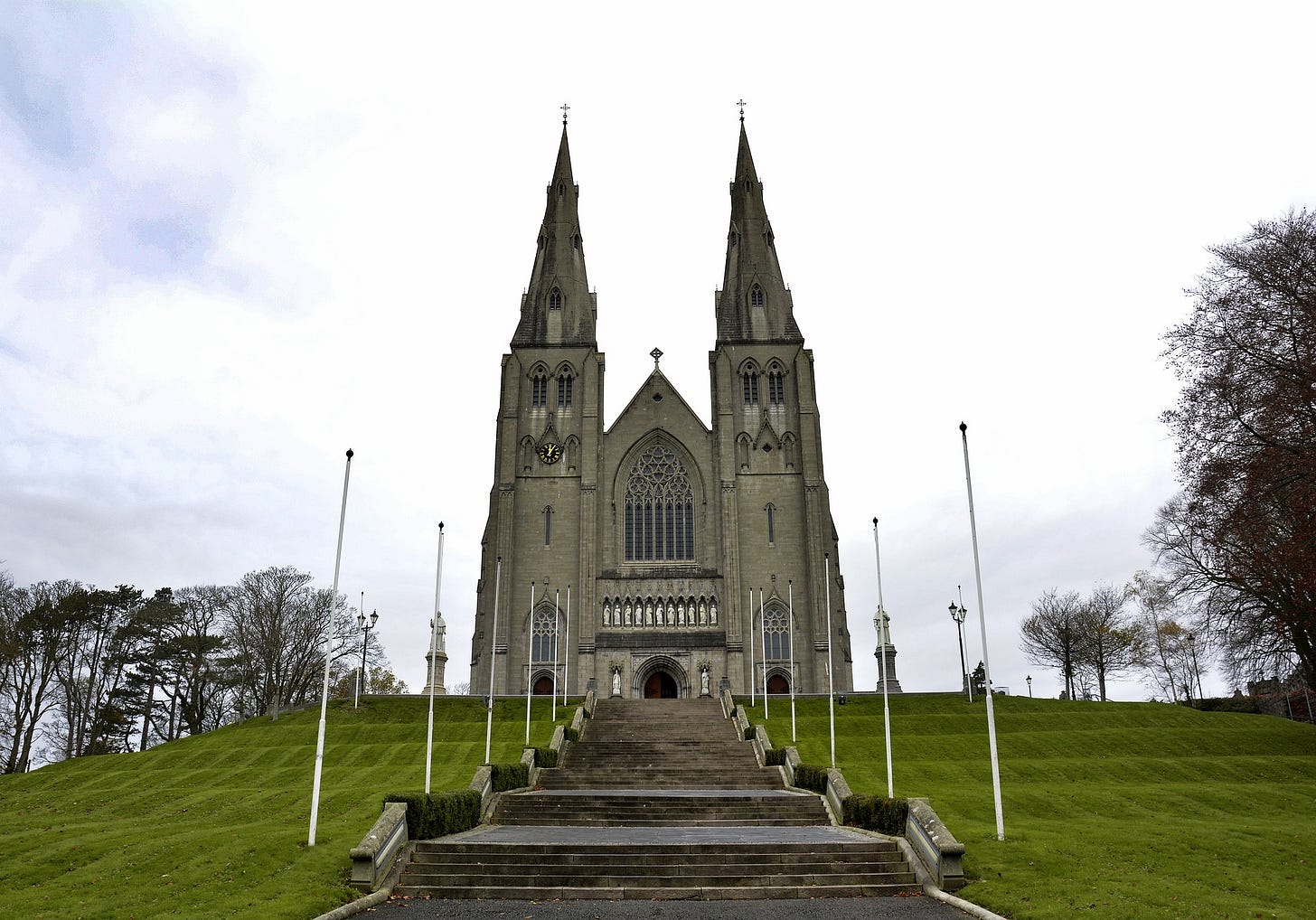
While there is much being debated academically about Patrick the fact remains that he is known all over the world as the Bishop, Saint, and Apostle of Ireland. Churches are named for him in England, Scotland, Wales, Canada, The United States, and even some non-English speaking countries. He is celebrated by both the Roman and Greek Churches, and even the Anglicans acknowledge him as a saint.
One of the few customs used in the celebration is the Shamrock. The shamrock is connected to Saint Patrick and his attempts to teach the Irish of the Trinity. He used the shamrock plant because it has one stem but three leaves. In the same way that these three leaves are one at the stem so is the trinity one.
However, despite all of these things, the celebration of Saint Patrick's day tends to be a celebration less of the saint and more of Irish heritage and even some Irish nationalism. In much of the world, the celebrations are carried on by descendants (and some of these are only one generation removed) of the Irish rebels and nationalists who were in a state of exile from their homeland. Many of the traditions have little to do with Patrick and far more to do with Ireland and the complicated nature of her relationship with the British Empire.
For instance, let us consider the wearing of green. In the late 1700s Irish groups advocating for a free Ireland had adopted the wearing of green in the forms of clothes, plants, badges, and more. In 1798 after a revolt the British government banned the wearing of green apparel and the use of the shamrock for such activities. As a result the song “The Wearing of The Green” appeared on the streets. Lamenting that “…Saint Patrick’s day no more we’ll keep, his color can’t be seen; for there’s a bloody law against the wearing of the Green…” It should be noted here that Saint Patrick's favorite color is usually represented as the blue of the skies.
Another example of Ireland rather than the saint is the prevalence of the little people or leprechauns. A leftover of the pagan past of Ireland that still holds on. At least the leprechauns are fun to think about some of the other legends that hold on are frightening. One might view Walt Disney’s Film “Darby O’Gill and the Little People” for reference to some of them. For a more comic look at the little people Tommy Steele’s performance in “Finian’s Rainbow”.
It was hard for the Irish when they found themselves in cities and countries where they were not wanted to find work. The famous sign “Irish need not apply” drove some into poverty and drunkenness. Those who persevered and worked through it had comfort in the shared heritage and celebrations of their fellow exiles. Over time some of them became great men and played important roles in the history and development of the nation. For instance John Barry of Philadelphia (he has or at least had when last I visited) a statue outside Independence Hall. An Irish merchant who helped to found the U.S. Navy. At the battle of Fredericksburg in Virginia the Irish fought on both sides In the bitter winter battle of December 1862 some Irish troops fought for the south at Marye’s Heights; in the assault from the Union came the Irish Brigade. This was made up of regiments from New York (69th, 83rd, 88th), Boston Massachusetts (28th), and Pennsylvania (116th). The Brigade fought in every major campaign in some form, from the First Battle at Bull Run (or Manassas) to Appomattox Court House. Several men won the Congressional Medal of Honor. Some of those regiments are still active i.e. the 69th New York which has served in both world wars and other conflicts since.
We have had Presidents (Kennedy) and congressional leaders (O’Neill). There is scarcely a locality that does not bear the mark of Ireland in some form; while there were some Irish who were troublemakers there were far more who served and helped to build the nation. They served in the cavalry posts that kept the telegraph lines working from coast to coast. They pursued bandits and hostile Indians to keep the peace, there is room for discussion about the propriety of the terms here but it goes beyond the scope of this work. They provided labor for the transcontinental railroad and built the skyscrapers of New York.
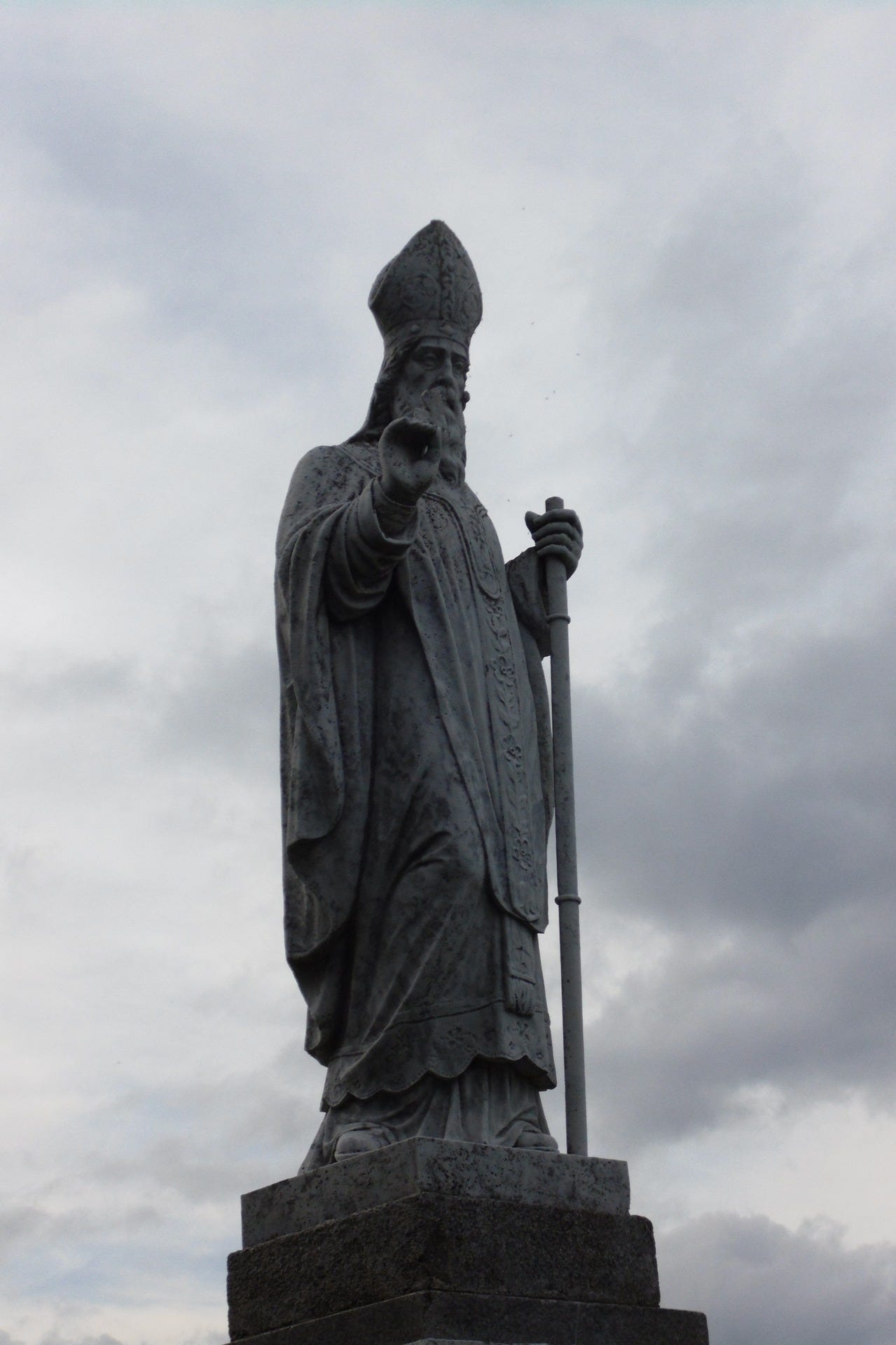
So this year let's celebrate the Apostle of Ireland Saint Patrick a man who wanted to build a better world. And let us celebrate the results that have been seen around the world from the children of his flock. So what if the celebration has gotten more Irish and less religious that just means that more of us can participate and enjoy it.
(In the interest of full disclosure, the writer is descended from Irish immigrants who arrived near the end of the “Irish Need Not Apply” era. Some of them served in the Army and Navy during both World Wars. Please note the writer is not Catholic so any errors in theology should be taken as ignorance, rather than disrespect.)
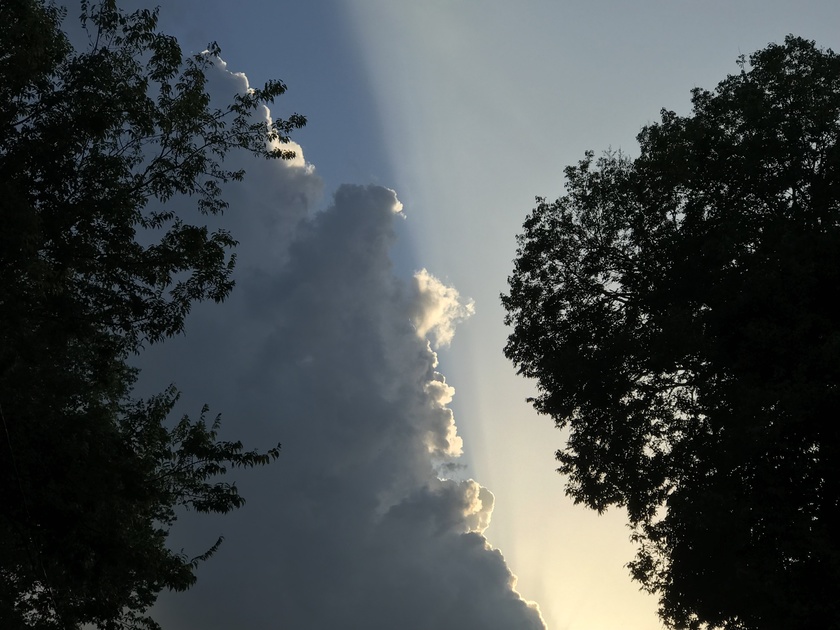

Just a quick reminder that Daylight Savings Time begins on Sunday the 12th of March our annual changing of the clocks for the first half of the year.

The first reference to something like what we now call daylight savings time is in a satire by Benjamin Franklin. While serving as Minster to France Franklin noticed that the French tended to wake about or afternoon, and conduct business well after midnight, sometimes even into the early hours before sunrise. In his satire, Franklin began by describing being woken early and seeing the sunrise. Having rediscovered the dawn Dr. Franklin then proceeded to discover that the entire day was lighted by it. Having made these two fascinating discoveries and opined on their causes as philosophers do; Franklin then proposed that there were immense cost savings to be had by the entire nation of France. In the second half of his piece, Franklin proposed that if the French rose with the sun and conducted their business in daylight, they could save all of the money spent on candles for other uses and estimated that it could run into millions. As a joke in the piece, Franklin proposed that the nation should reset the clocks so that noon would occur at sunrise and thereby benefit them by waking them to carry out the day's business in daylight.

Contrary to popular belief Franklin did not propose daylight savings time; but he did propose that we should not waste money. Throughout his life, Franklin tried to help people find ways of living more efficiently and at a lower cost. The satire on doing business in daylight was intended as a light-hearted observation of the habits of extravagance. But, it could also be applied to many other things such as sunshine laws in politics, etc.
The United States has had several incarnations over the last century, including when it was repealed. In 1966 the United States Passed the Uniform Time Act of 1966. This law established the changing of the clocks twice a year and the direction in which they moved. For many decades the clocks move in April and October recently this was changed to March and November. Under the Uniform Time Act of 1966 states can opt out of Daylight Savings Time but to opt out of Standard Time requires an act of congress. In 1974 there was a year of permanent Daylight Savings Time and there were complaints about starting the day in darkness and other issues that led to restoring the clock changes in 1975.
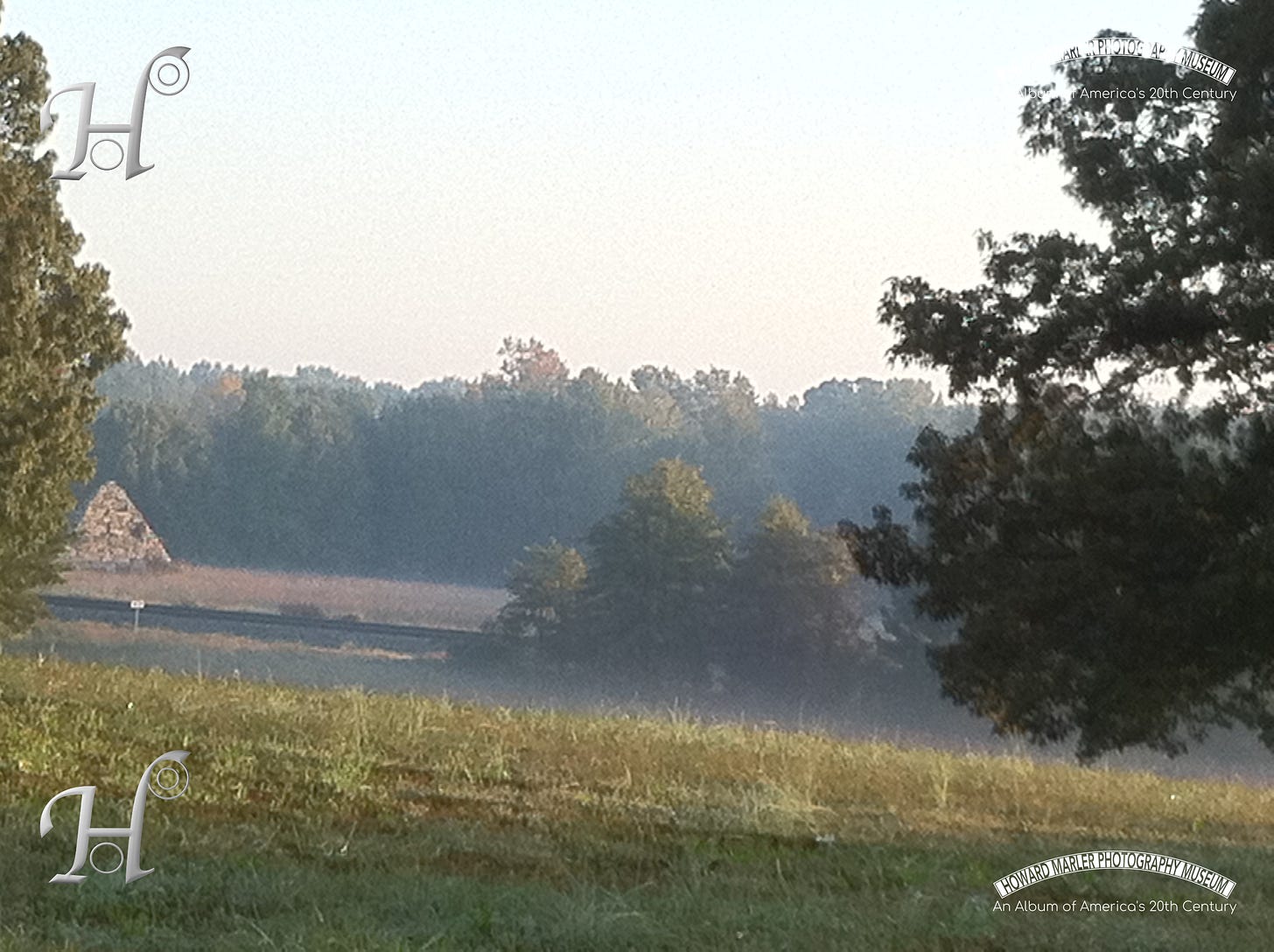
Some of the agricultural states in the western United States do not use Daylight Savings Time. In less agricultural settings the issues are different being less involved with nature and livestock; and more with offices and schools.

In recent years some additional states have attempted to achieve permanent Daylight Savings Time (in the last two years some examples are Tennessee and Florida), but none have been successful in getting congressional approval.
The Arguments for permanent DST appear to be: 1) The “extra hour” of sunlight in the evening, 2) Theoretically lower energy costs (not sure that this has ever been proven).
The case against appear to be: 1) The extra hour of sunlight in the evening means an extra hour of darkness in the morning ( instead of turning on the lights earlier in the evening we turn them on earlier in the morning), 2) Since we still have the same number of dark hours we just swap them from morning to evening and disturb our internal clock.
To Participate in our poll on what to do about DST please click here
For those who would like to read Dr. Franklin’s satire in full:
https://americanliterature.com/author/benjamin-franklin/letter/an-economical-project
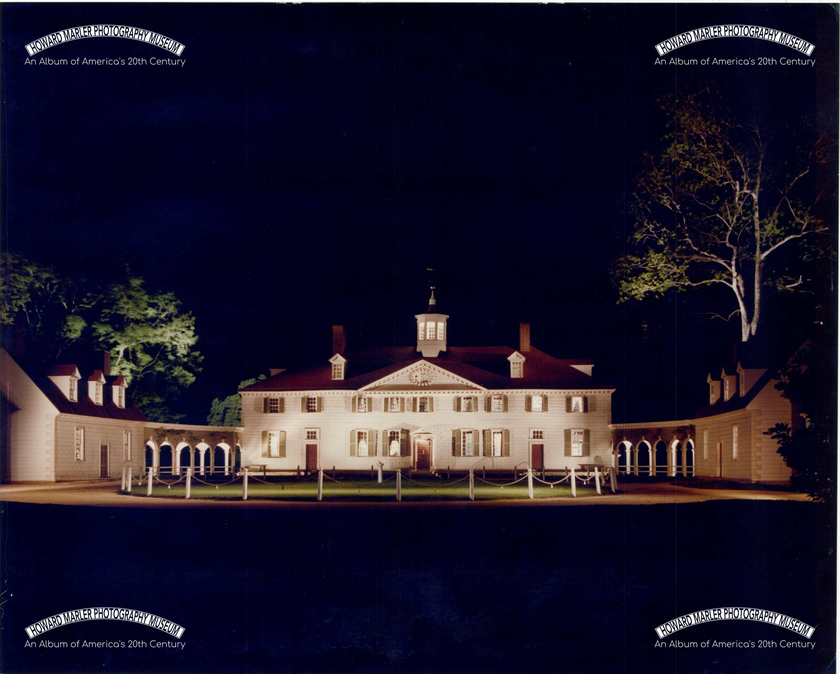
Setting the scene we find a boisterous group of men gathered in a tavern and debating. The location is lit with tallow candles and filled with tobacco smoke. The men gathered here are in uniforms similar though not identical. They speak in an early form of American English rather than Kings English. As we listen we hear that the debate we hear that they are angry about their pay being delayed and possibly not being paid. There are plotting a coup a march against the federal government to force them to act or to remove them from power.
Into this chaos the door opens; a man enters and the room goes silent as the impeccably dressed General strides to the front of the room. He is dignified and does not rush he removes his hat and cloak and places some papers on the table. He looks around the room catching every eye. He then begins to speak somewhat haltingly; he reaches into another pocket and removes a pair of reading glasses. Then looks around again and says: “Forgive me gentlemen I have lost some of my sight in the service of my country.”
Who is this man who ends a revolution before it even begins? None other than George Washington.













